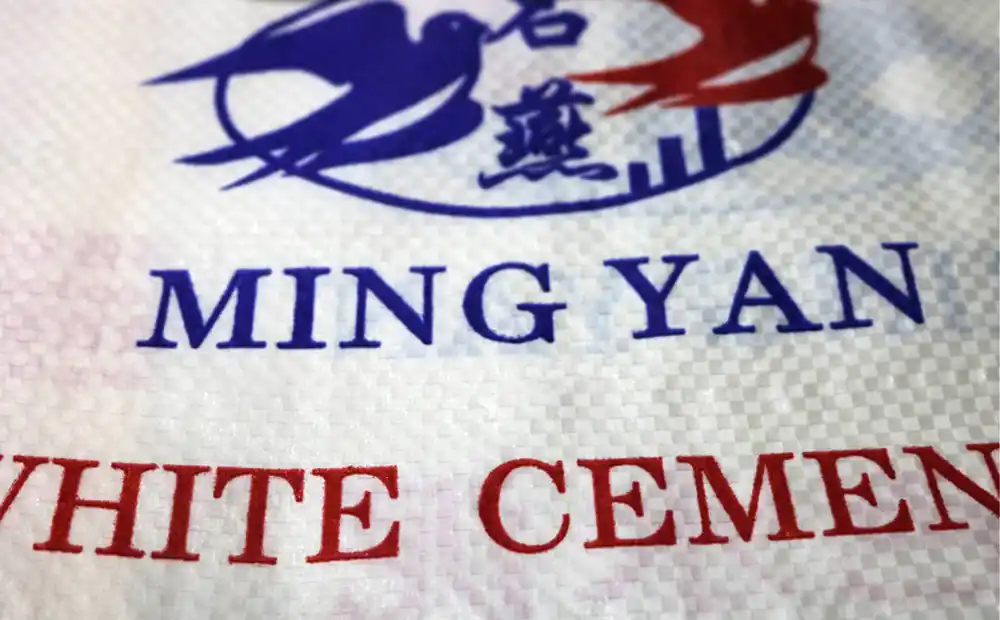 RU
RU
 EN
EN
 CN
CN

Position:HOME > Ink Knowledge > Water-based Ink
Date: May 29 2025 From: Star Color Views:
PP woven sacks (Polypropylene woven bags) are a staple in packaging for agriculture, chemicals, food, cement, and industrial materials. Known for their strength, durability, and cost-efficiency, these sacks require high-quality printing to display branding, product information, and legal warnings.
However, printing on PP woven sacks is not as simple as printing on paper or fabric. The surface of polypropylene poses unique challenges that demand specialized ink solutions. In this article, we’ll explain what makes PP sack printing tricky, what to consider when selecting the right ink, and why Starcolor Water-Based Inks are becoming the top choice for sustainable and effective printing.
PP woven bags are primarily made of polypropylene, a material characterized by its non-polar chemical structure, smooth surface, and low surface energy. The non-polar nature of polypropylene makes it difficult for ink molecules to form strong bonds with the substrate. The smooth surface further reduces ink adhesion, while the low surface energy hinders proper ink spreading, leading to defects such as pinholes and fisheyes.
Structurally, PP woven bags feature a distinctive woven texture, which complicates ink adhesion. To enhance ink performance, the surface of PP woven bags is typically subjected to corona treatment. This process utilizes high-voltage discharge to introduce polar functional groups, increase surface roughness, and elevate surface energy, thereby improving ink adhesion. However, the effectiveness of corona treatment diminishes over time, necessitating timely printing after treatment.
Common printing methods for PP woven bags include flexographic printing, gravure printing, and screen printing. Each technique imposes specific requirements on ink properties such as flowability and drying characteristics, which in turn influence the selection of suitable inks.
Polypropylene is chemically non-reactive and has a smooth surface. The ink you choose must be able to “bite” into the film or rely on resins that bind effectively to treated PP.
PP sacks are often printed at high speeds using flexographic or gravure presses. Inks must dry quickly and evenly to prevent smudging, ghosting, or blocking during stacking and rolling.
The printed graphics need to withstand rough handling, outdoor exposure, and contact with water or chemicals during shipping and storage.
Bright, crisp colors help enhance brand visibility. The right ink should offer high opacity and vibrant color output, even on colored or dark substrates.
If the woven sack is used to pack food, feed, or agricultural products, the ink must be free from heavy metals and compliant with RoHS, REACH, or FDA indirect food contact standards.
| Ink Type | Pros | Cons | PP Suitability |
|---|---|---|---|
| Solvent-Based | Excellent adhesion, fast drying | High VOCs, environmental issues | ★★★★☆ |
| UV-Curable | Instant curing, very durable | Expensive, requires UV system | ★★★☆☆ |
| Water-Based | Eco-friendly, safe, low odor | Requires surface treatment, slower drying | ★★★★☆ |
Solvent-based inks have been widely used, but environmental regulations and sustainability goals are pushing many manufacturers to consider water-based alternatives.